The Mega Transect expedition: build-out continued
Water and Gas
A 10-gallon (45-litre) water tank (Front Runner Outfitters), a 4.5-gallon (20-litre) water-purifying jerry can (LifeSaver), for when we are unsure about the purity of our water source. Plus 2.85-gallon (3.9-kilogram) gas bottle for our two ring burner.
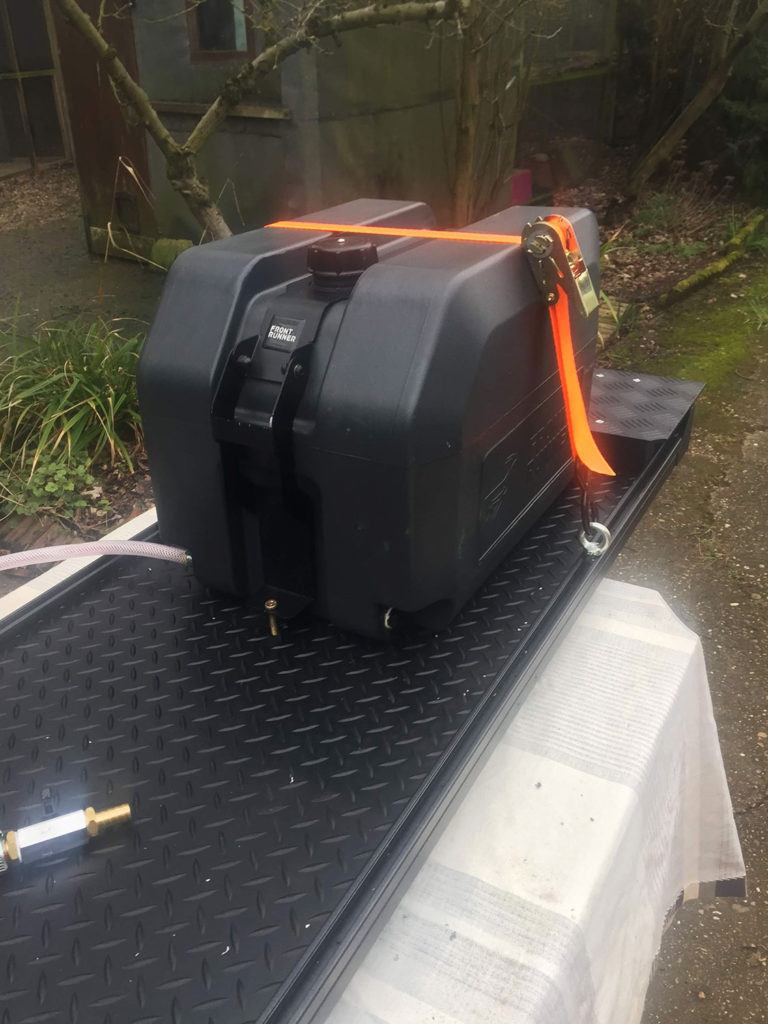
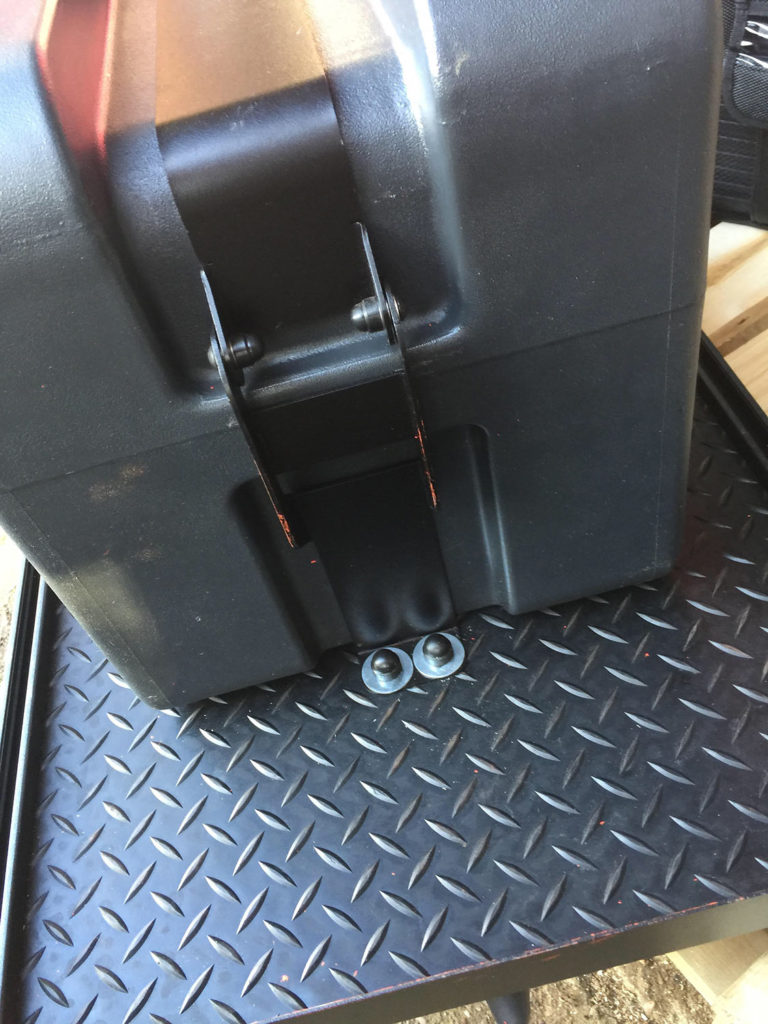
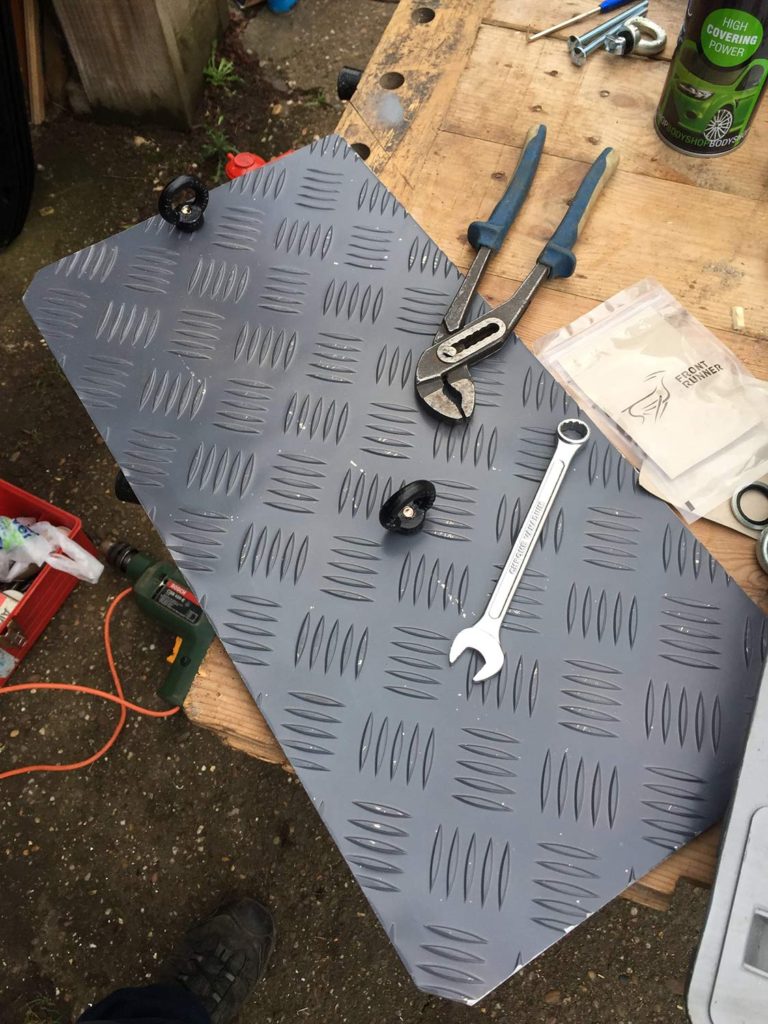
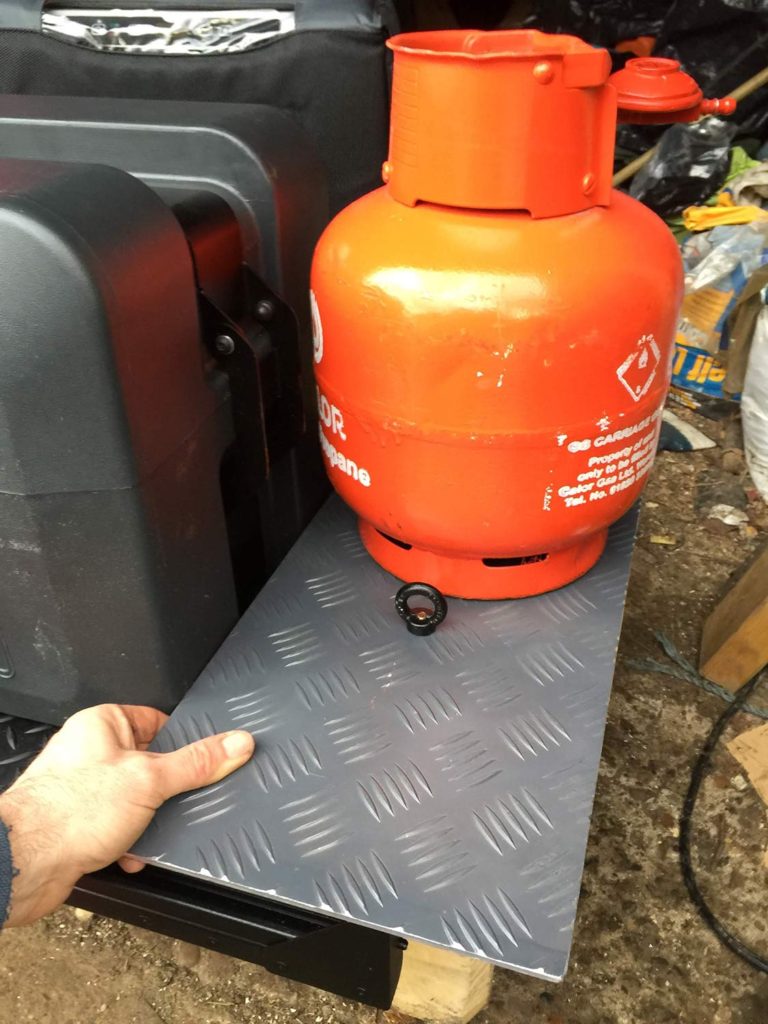
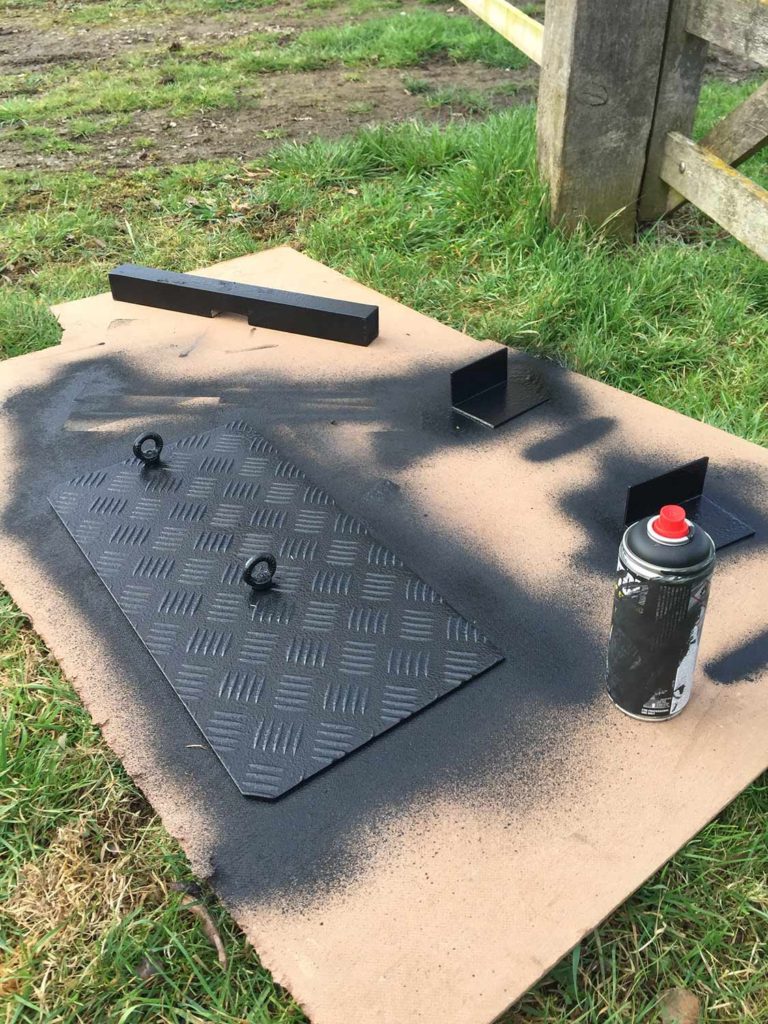
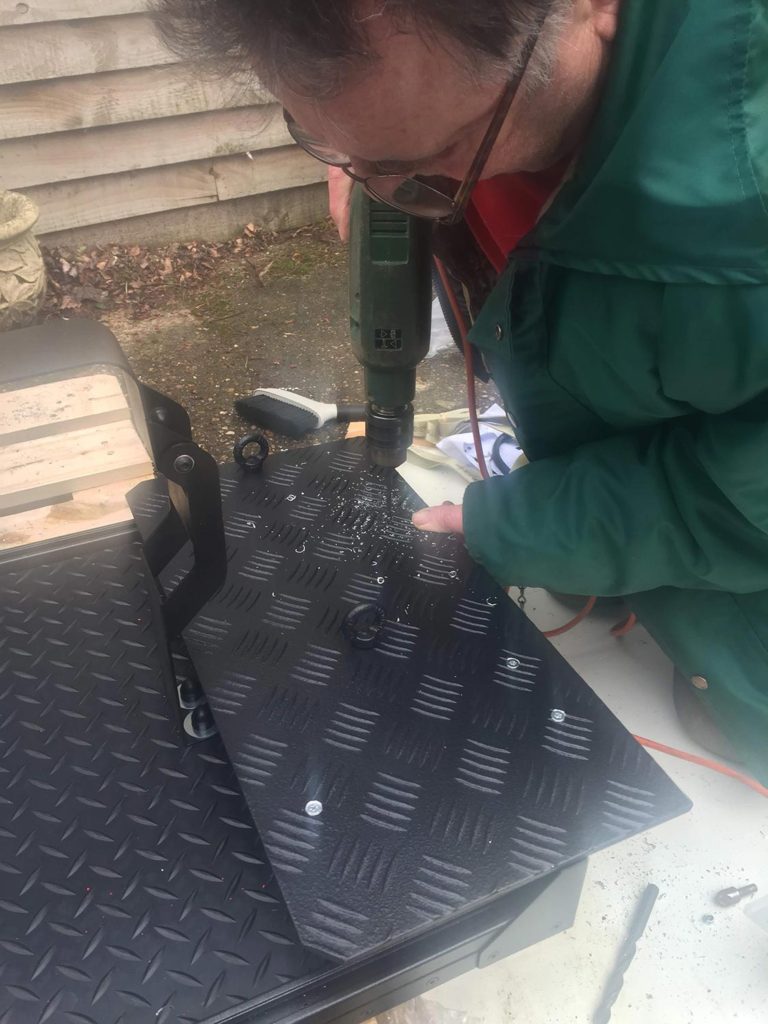
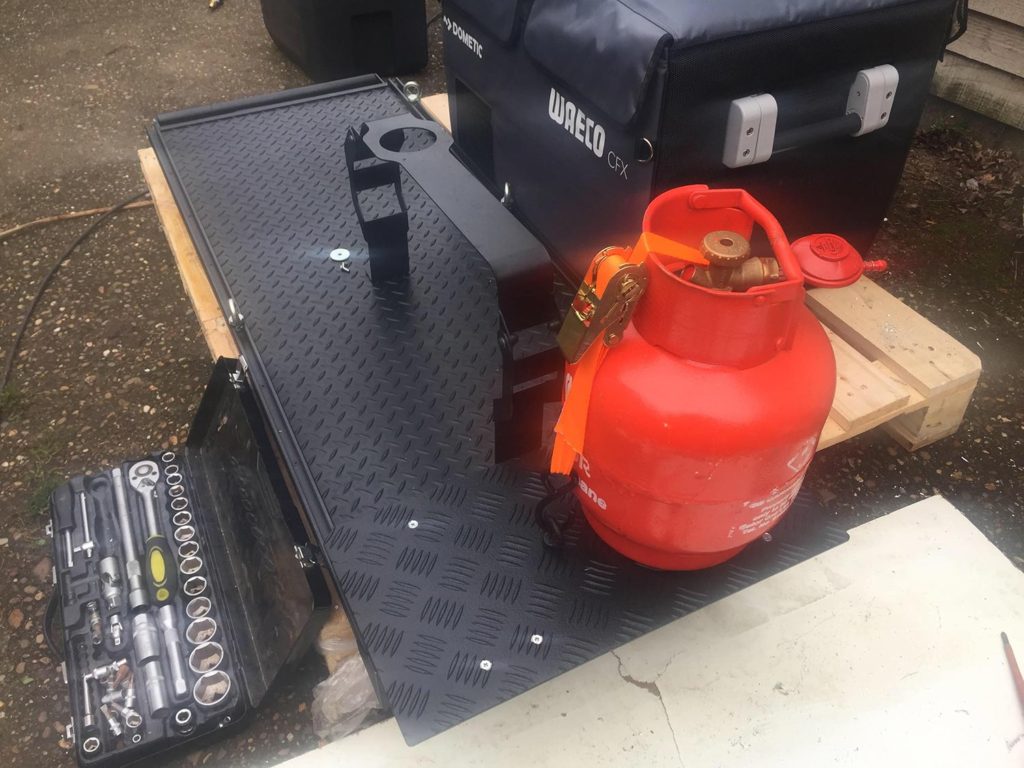
Refrigeration
While our previous means of a fridge astride our motorcycles constituted a double walled water bottle – keeping liquids cold for 24 hours – we opted for a CFX50 electric cooler (Dometic). Chiefly on a plant-based regimen, there are 10.5-gallons (48-litres) to stockpile fresh veg and beverages. Brilliant, that’s the cuppa tea with crumpets sorted.
It’s also quiet and amazingly, consumes very little energy thanks to its compressor technology which requires minimal power. If desired, the fridge can also be converted into a freezer down to -22C. Cool!
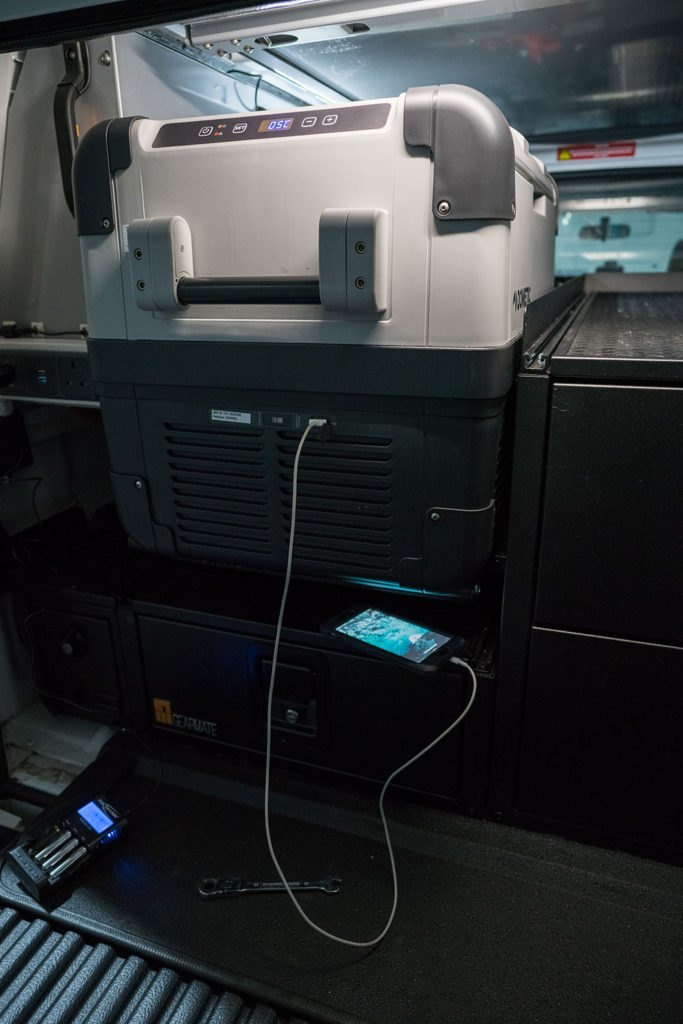
Batteries
In our power pack, we have a lithium-ion leisure battery (Transporter Energy), with 20 times faster charging, 10 times more life and 200 per cent more power than traditional leisure batteries, these bad boys pack a punch. Namely, give us complete confidence in our power supply, back with its reliability. What’s more, we can pair it to our two 100W solar panels if we don’t want to charge it up while driving. For sure, I like having both options.
Unlike its lead acid counterpart, the lithium-ion can be drained to zero but despite our best efforts to date, we just can’t drain that sucker! It’s also safer compared to the lead acid alternative. Lithium-ion phosphate batteries eliminate the risk of overheating and explosions which would be catastrophic in White Rhino, especially in such secluded spots away from home.
I’d also argue that they provide green power where each battery is 100 per cent recyclable, allowing us to protect the environment we’re travelling through – essential in our lifelong endeavours to promote and preserve the wild places left in the world.
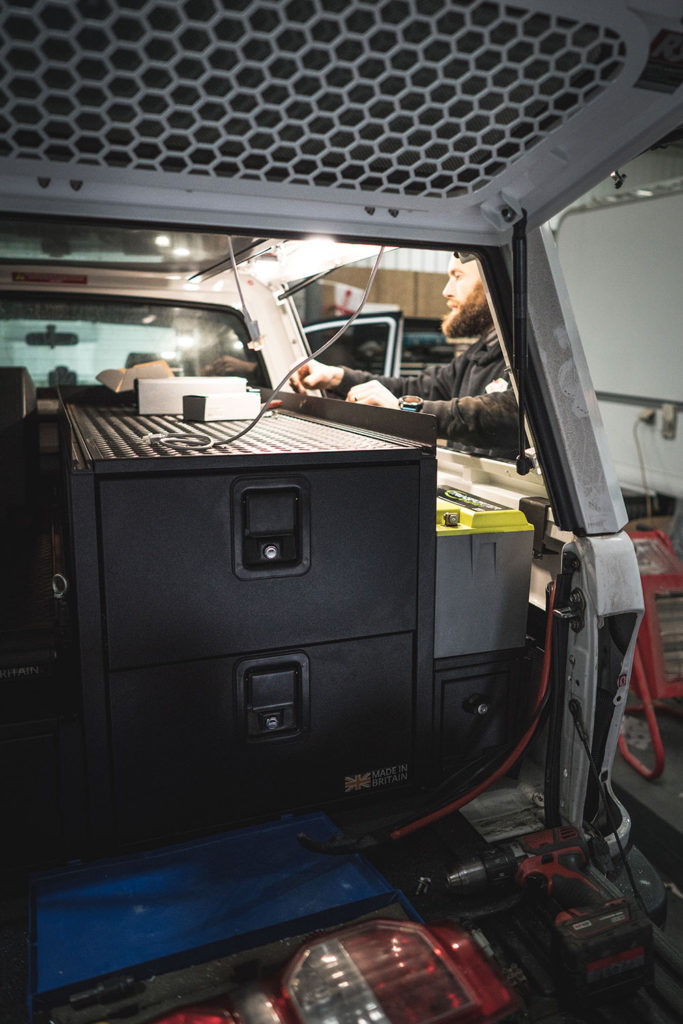 Additionally, we installed a sinewave inverter (for 240 volt AC) and battery charger (Dometic) to give us 240 volts of glorious power for all the electronics and appliances.
Additionally, we installed a sinewave inverter (for 240 volt AC) and battery charger (Dometic) to give us 240 volts of glorious power for all the electronics and appliances.
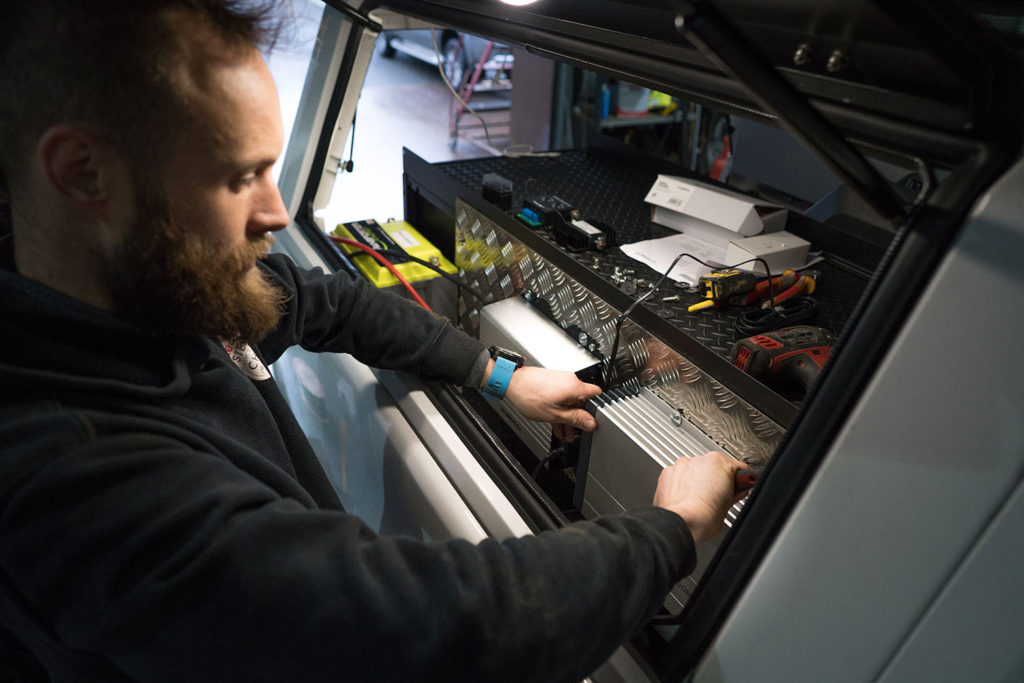
In addition to having shore power under the hood (bonnet), we’ve situated mains power via the inverter and USB ports in the double cab, the back of the truck and in the rooftop tent. Plugging in anything that’s 230-volt is overlanding bliss!
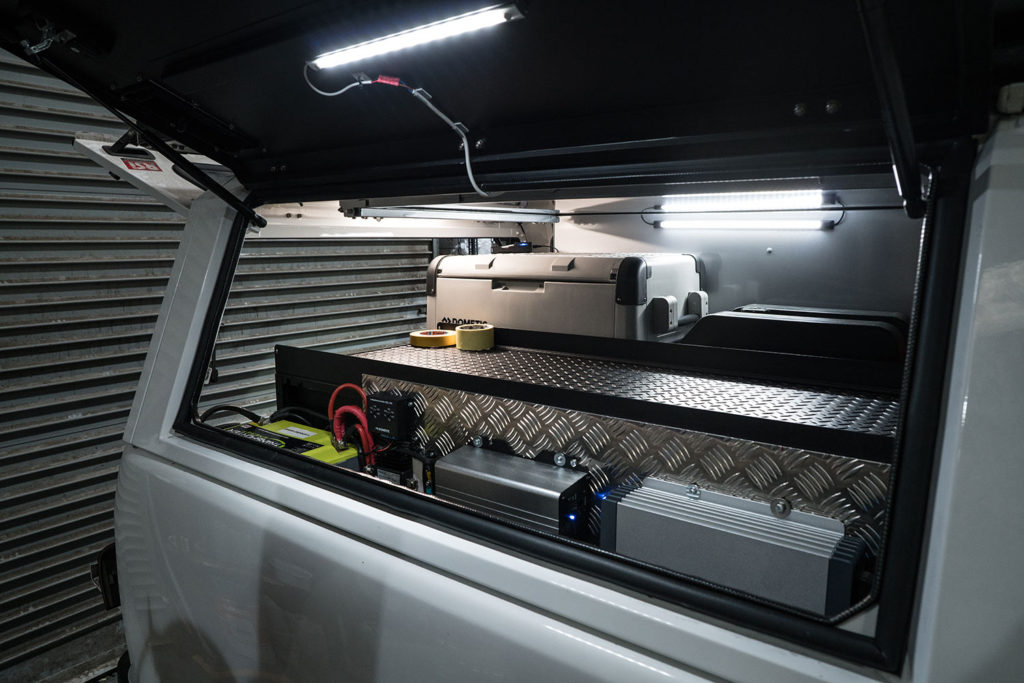
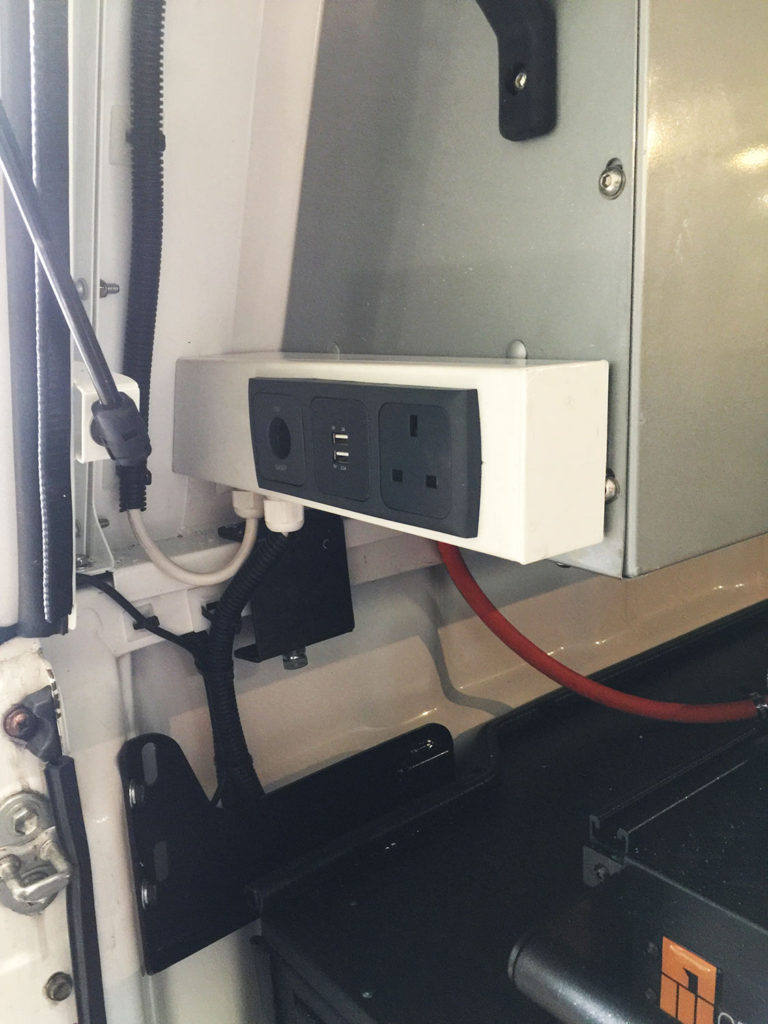
Solar
There’s probably no better piece of kit than having rooftop solar panels in our possession, which absorb the rays 24/7 (depending on your location). Two 100-watt Flexible Folding Solar Mats with Crocskin Cell Armour (Hard Korr Lighting) – bonded with silicone adhesive to the tent’s hard-shell – accomplishes this aim. Necessary, we felt, due to the sheer amount of “tech” we charge daily – ideal for keeping everything on when you’re off-grid.
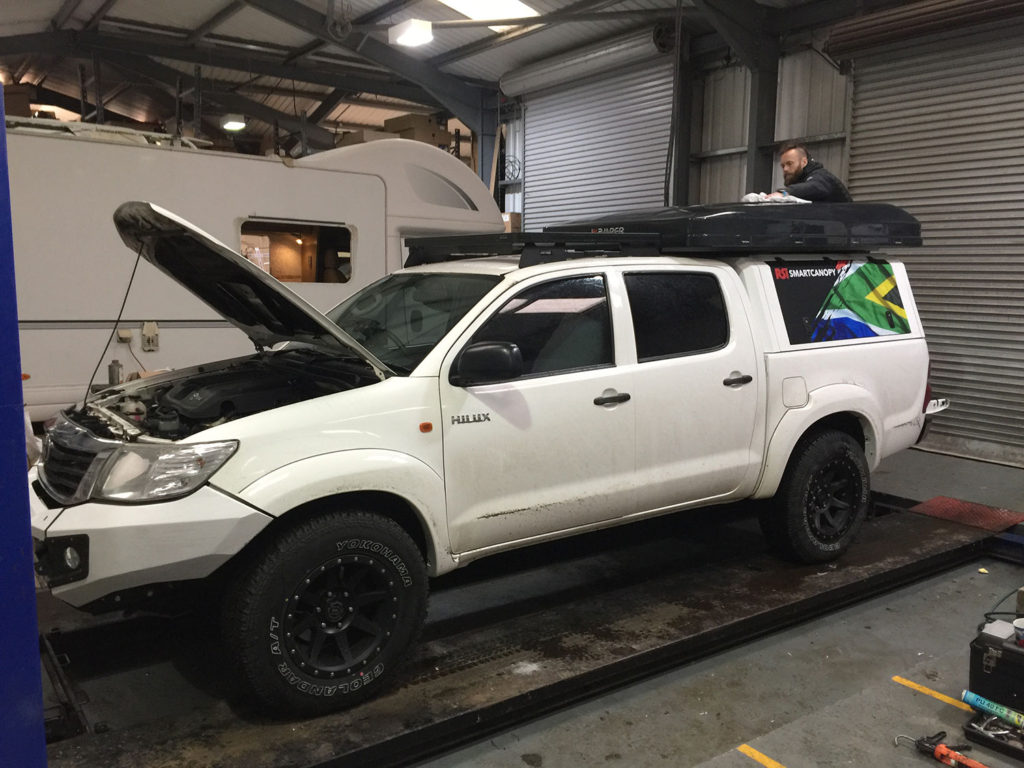
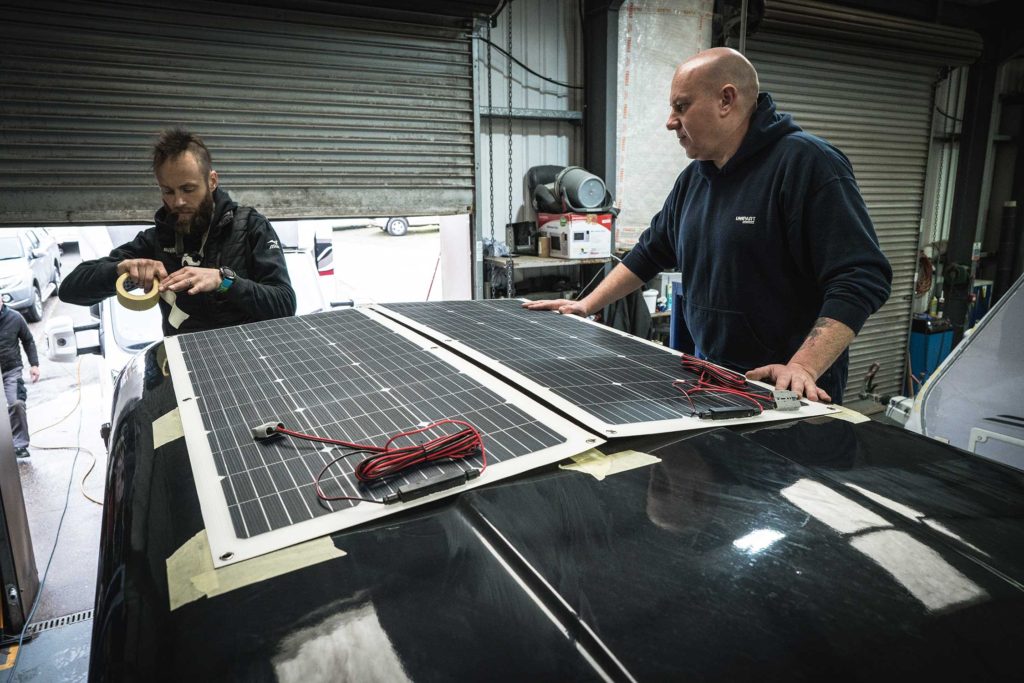
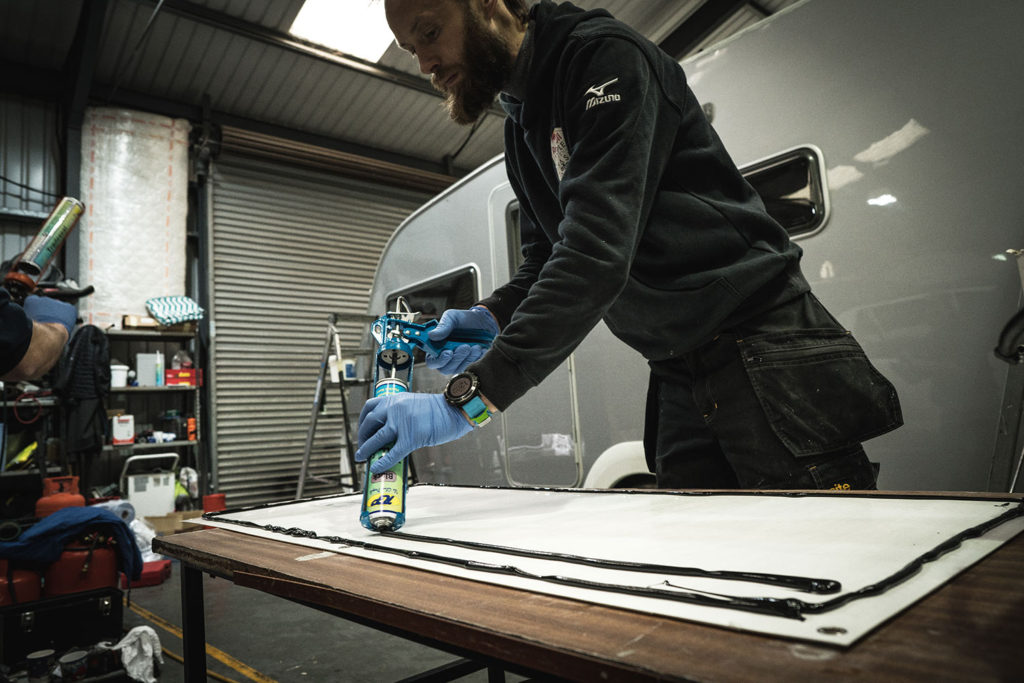
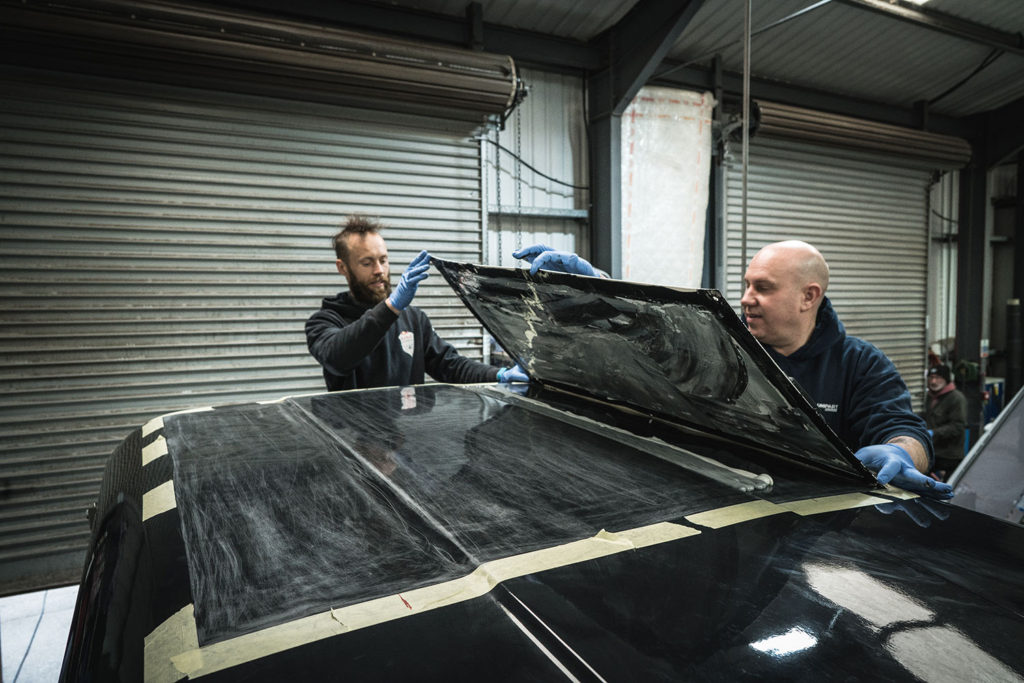 Navigation
Navigation
While paper maps remain king, we’d never be without a GPS having wended our way from Antarctica to the Arctic with a Garmin. Maps for 44 European countries pre-installed, the Blaupunkt Columbia 945 media centre with a TFT display (Dometic) is not just a satellite navigation device. Upon entering every new country, the device furnishes you with country specifics such as speed limits, legal requirements around hi-vis vests et cetera.
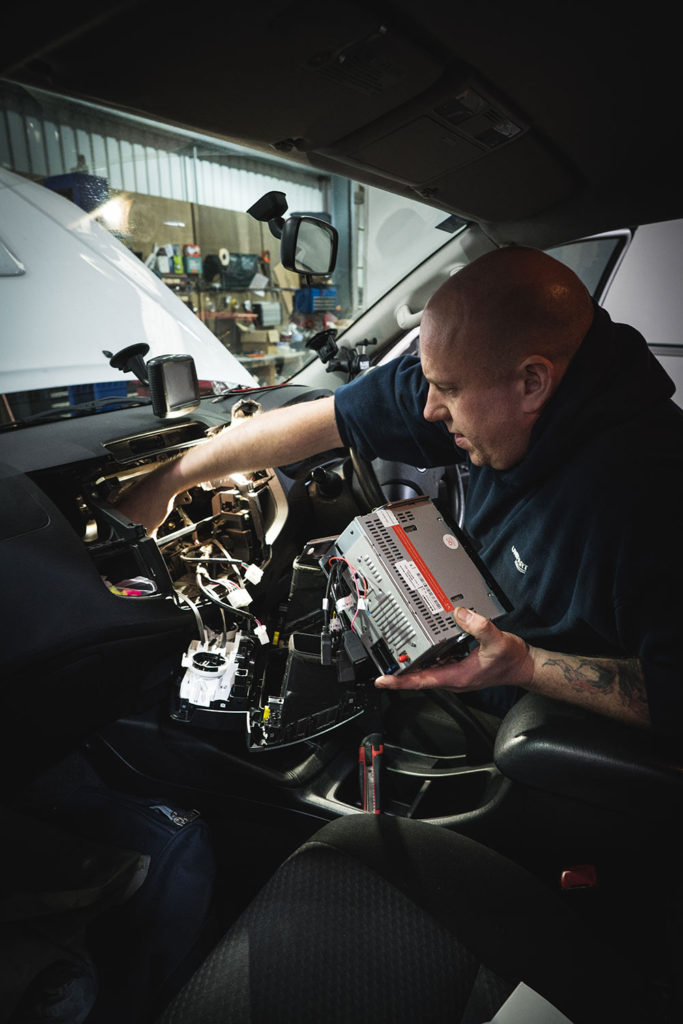
A one-stop shop, the media centre is also a hands-free phone, WiFi-enabled and plays movies via USB.
Valuably, Dometic has added a reversing camera and rear parking sensors. Hah – it’s easy to be clueless about one’s length when you’re reversing a rig that’s over 17-feet long (5.3-metres). Whoa!
We also rely on the free ‘Maps.Me’ app; it works offline and the detail off-road is excellent.
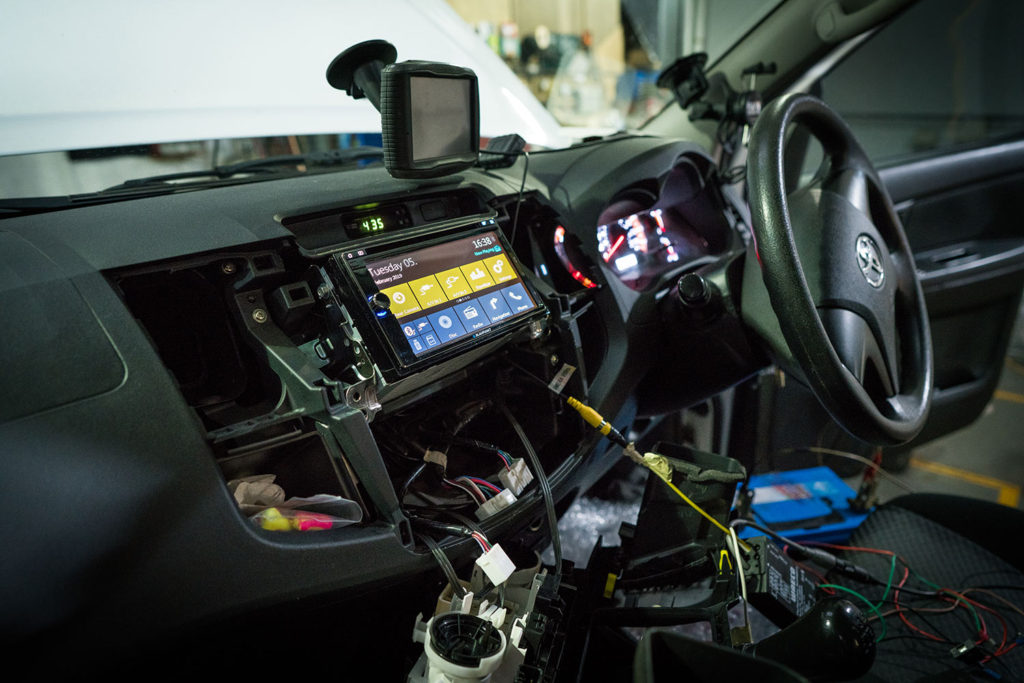
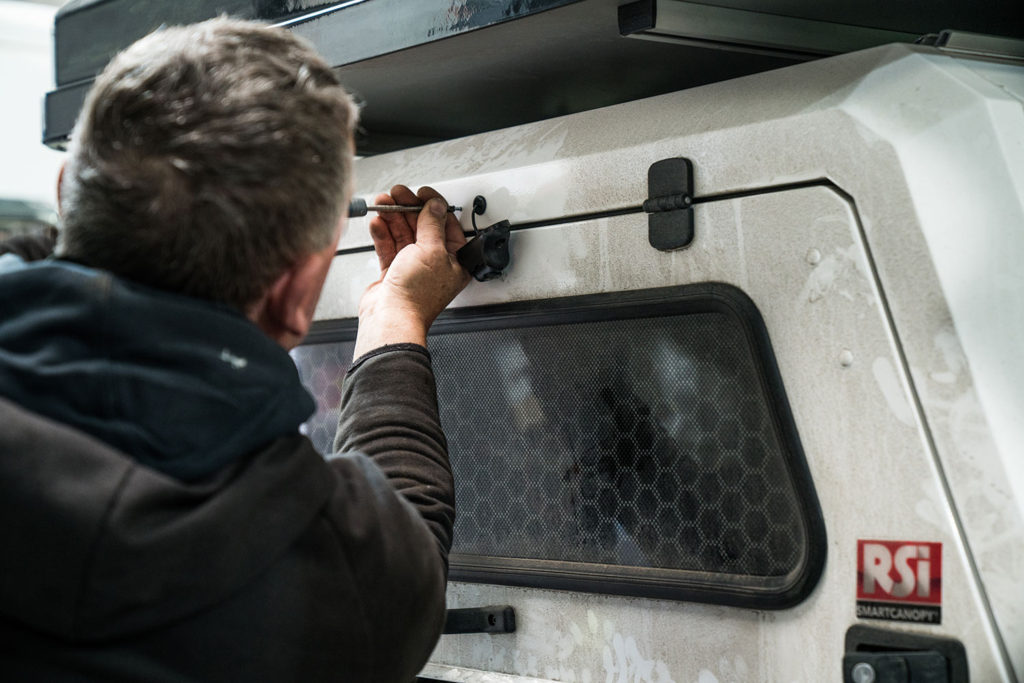
Winch
Some winches come with alarming price tags. Having seen a published review featuring the TDS 9.5C winch (Goodwinch) as number one in a Top Ten among the pricier, big brands (about a third cheaper than the leading brand), I was sold. Drawn in by its weather-sealed properties; mechanicals are always ready for work and the spares backup is good, too. Conveniently, it nestles in our chosen bumper.
The Dyneema Bowrope is light, it floats and is incredibly strong. In fact, the British military and Royal National Lifeboat Institution use it.
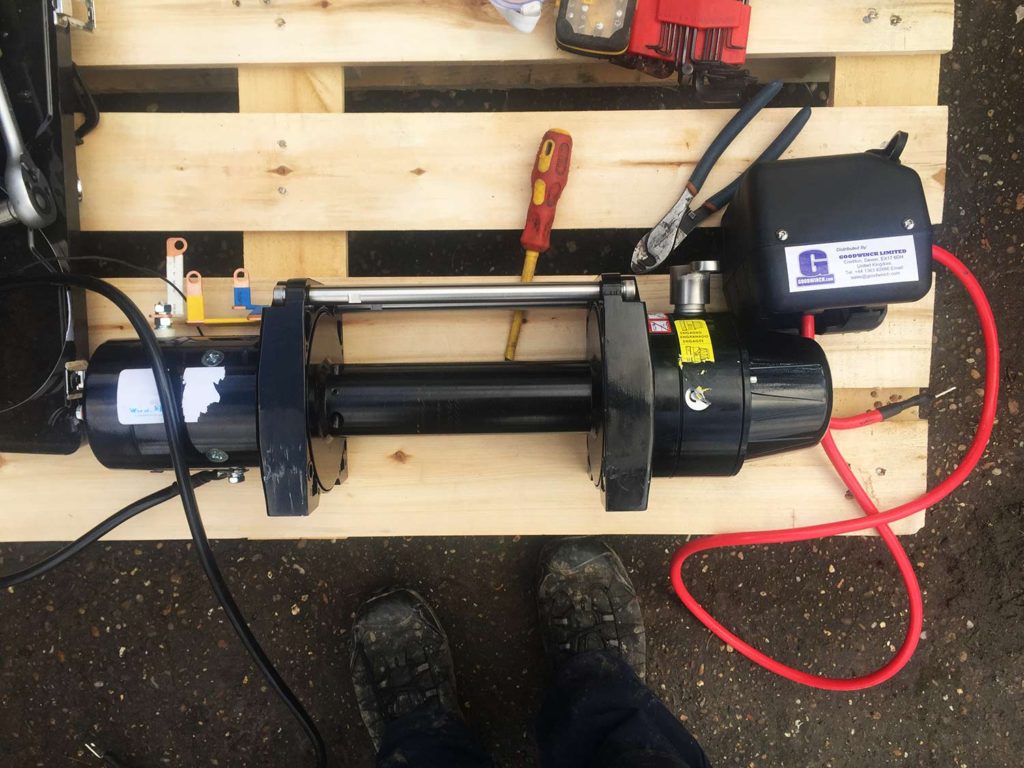
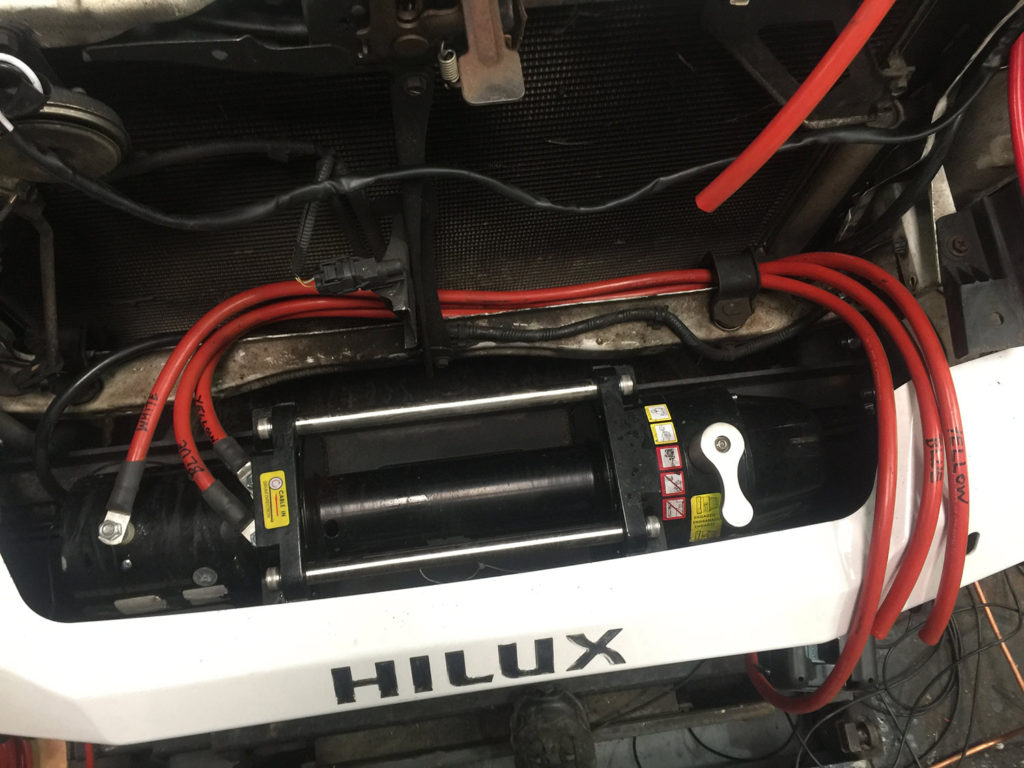
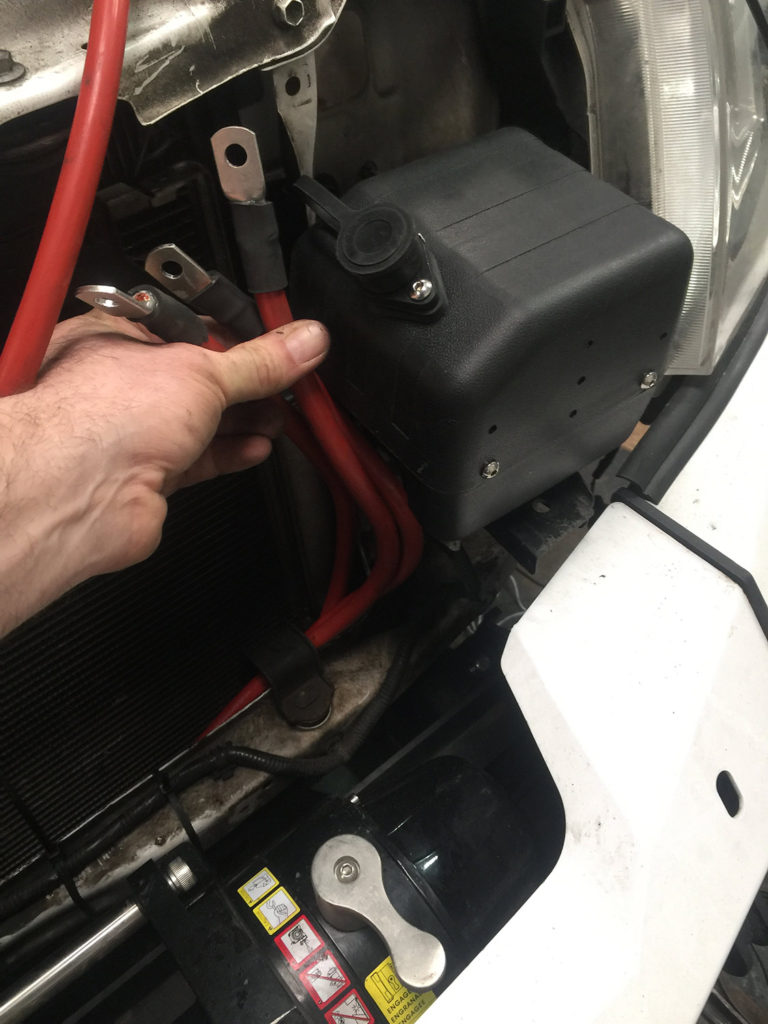
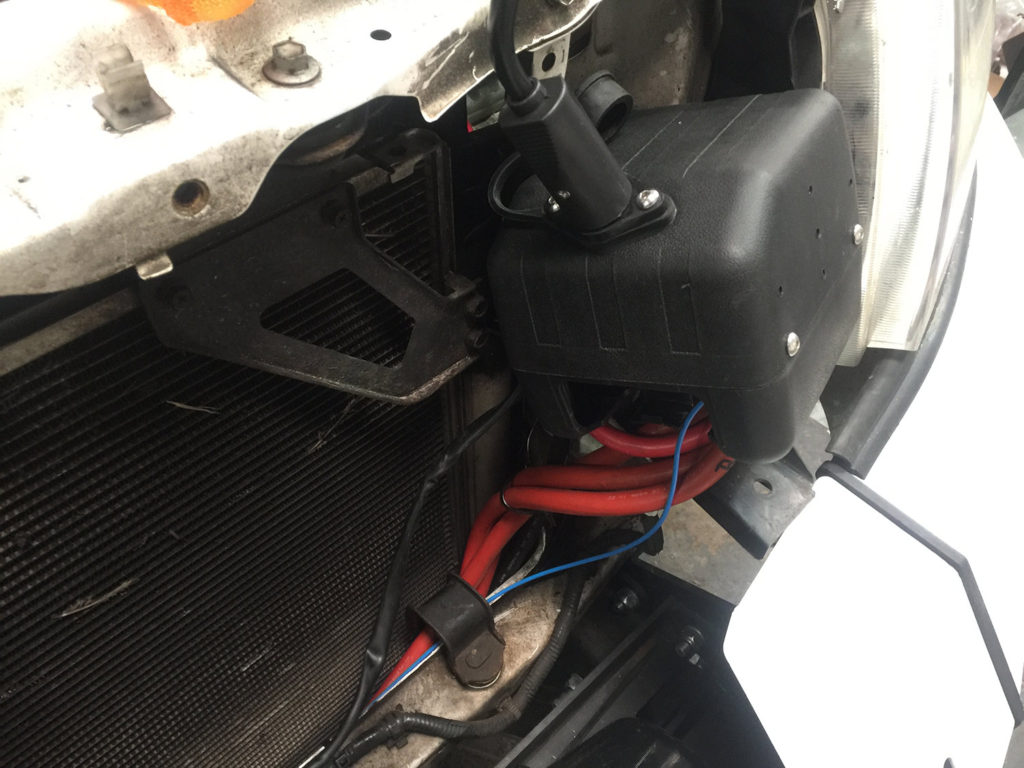
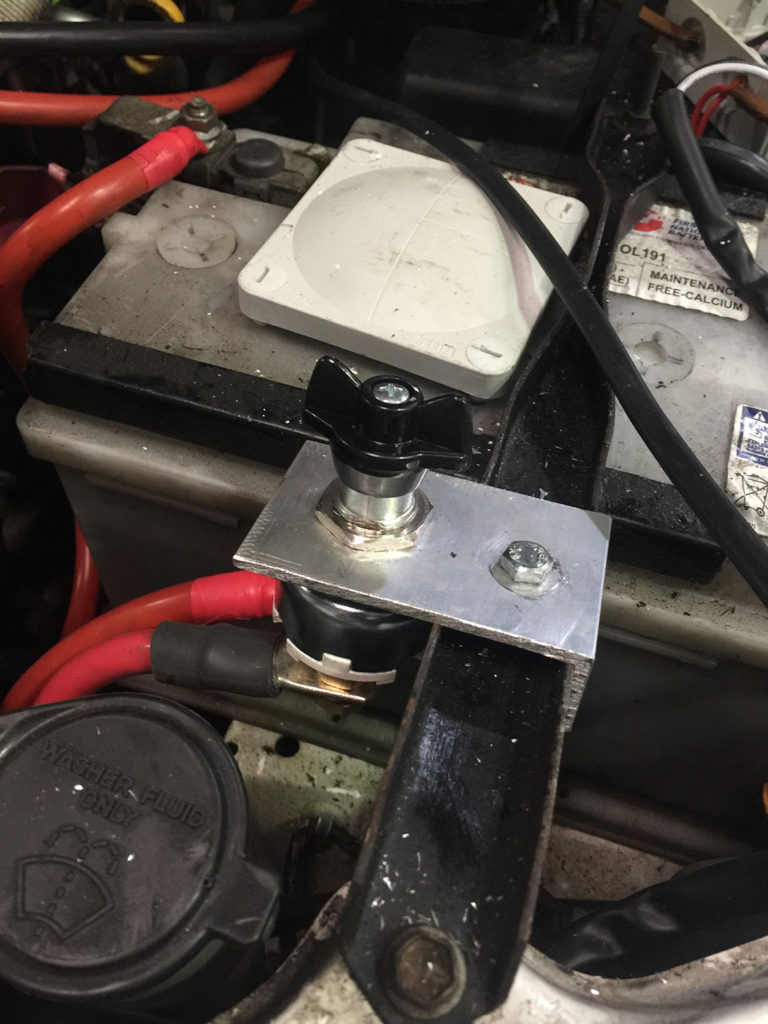
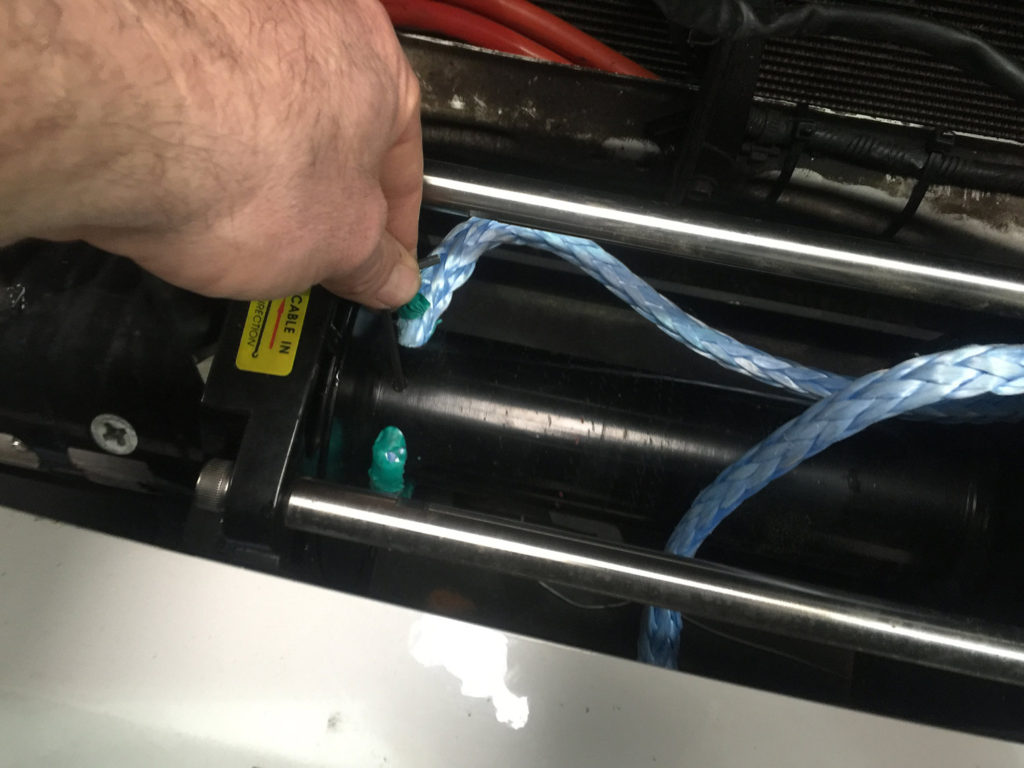
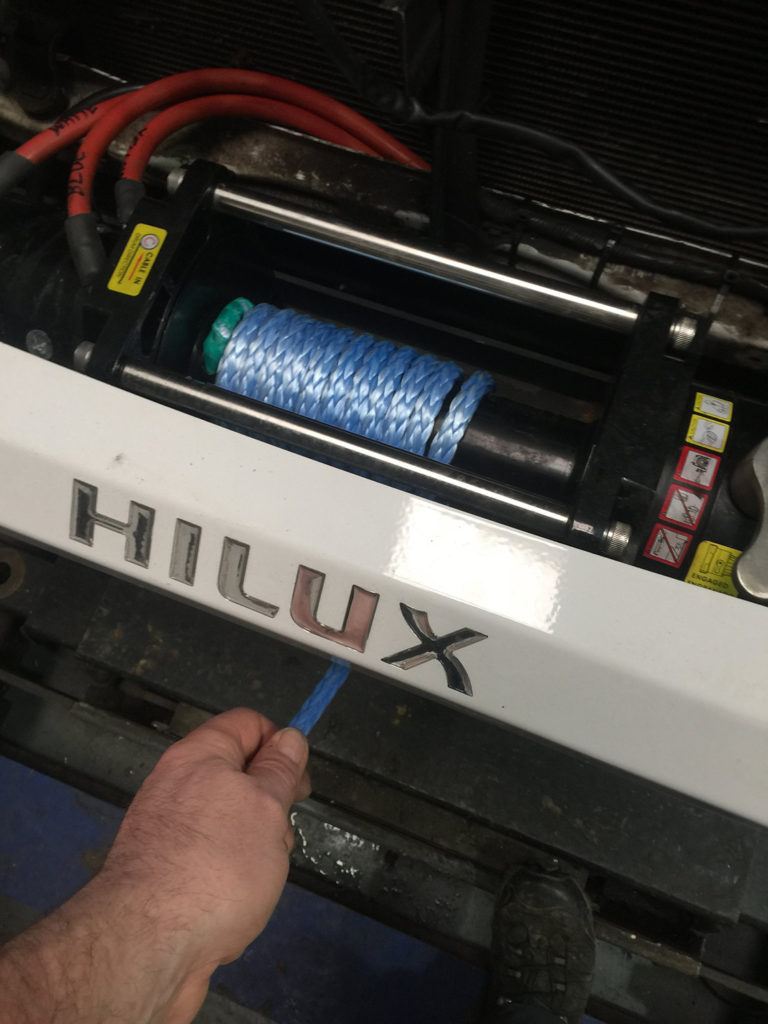
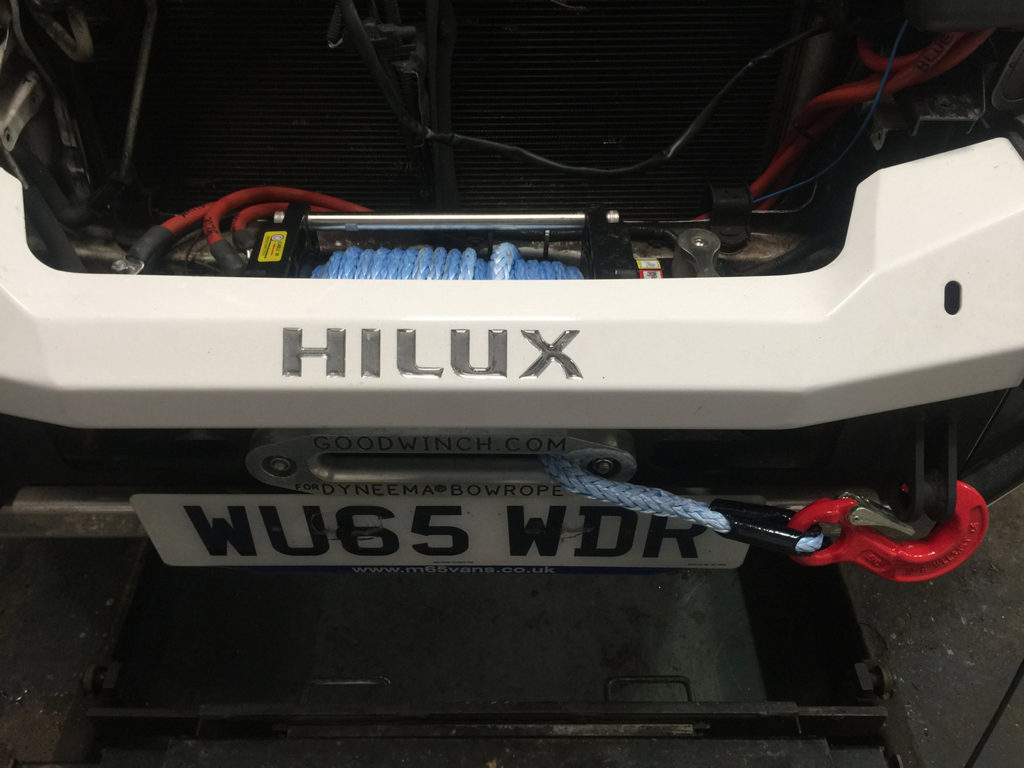
Awnings
Providing refuge from the elements, the main awning (iKamper) zips onto the rooftop tent and stakes out, giving ample protection under which a party of people with their gear can take cover. However, it’s susceptible to faring less well in gusting winds over 40mph. Additionally, we erect a low-key awning (Stitches and Steel) over the foldout kitchen in the rain.
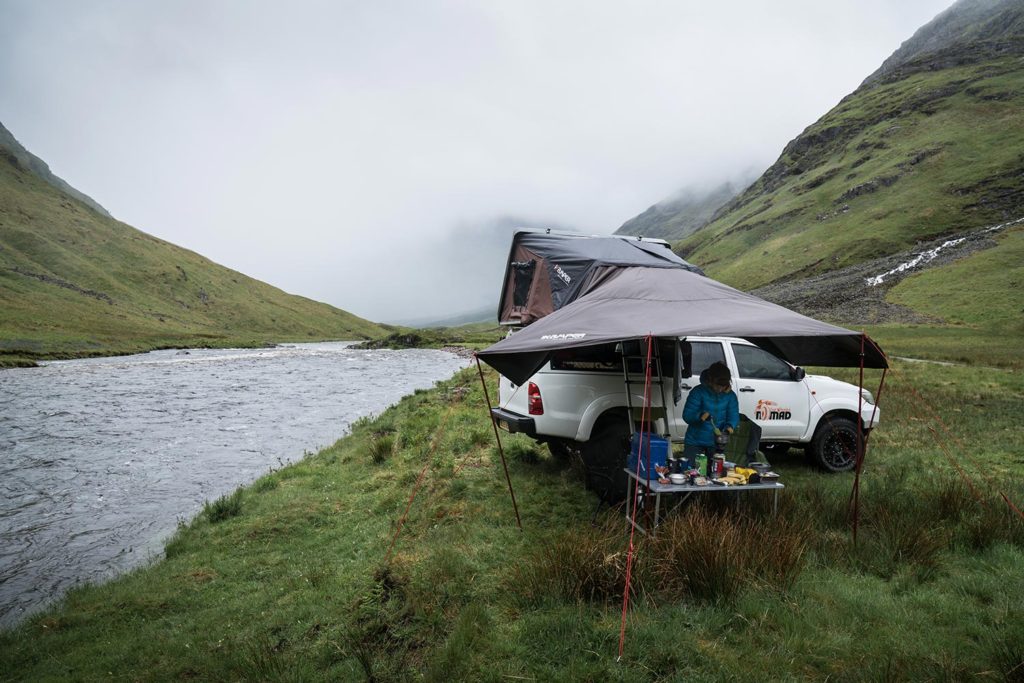
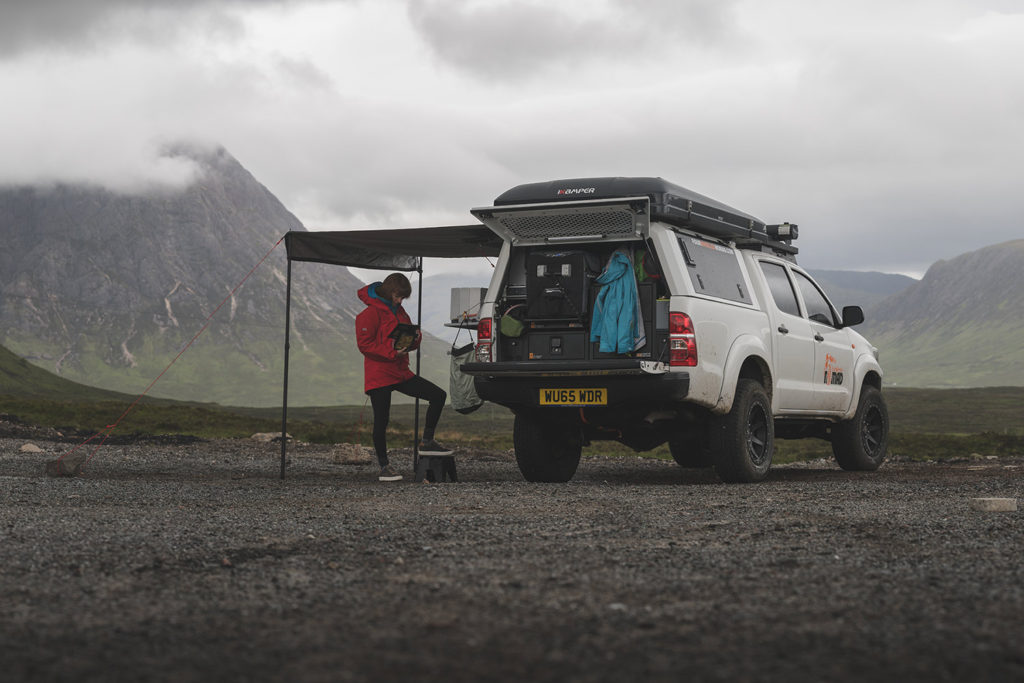
Shower
The four-gallon shower (Road Shower) is a high-pressure water system for washing us and our gear. It’s easy to mount and a streamlined way to carry additional water outside the vehicle. Bound by limited real estate on our roof and a need to keep the roof weight down – four gallons isn’t a massive volume of water but is enough for us both to shower and wash our hair. Granted, the next size up (seven gallons) would afford more camp showers.
Alas, if it’s not warm out, the water won’t be hot; we add boiling water to overcome that. It takes just a moment to fill up and pressurise, less so I imagine if you have a garden hose. Once filled and pressurised, you don’t have to do much more. When the sun’s smiling, it heats up, ready to supply instant hot water when we want it. Aqua-cadabra!
The foldout shower privacy tent (Direct 4×4) throws oodles of private room and dignity into the mix. No more humouring the notion that five wet wipes are a shower, eight constitute a bath.
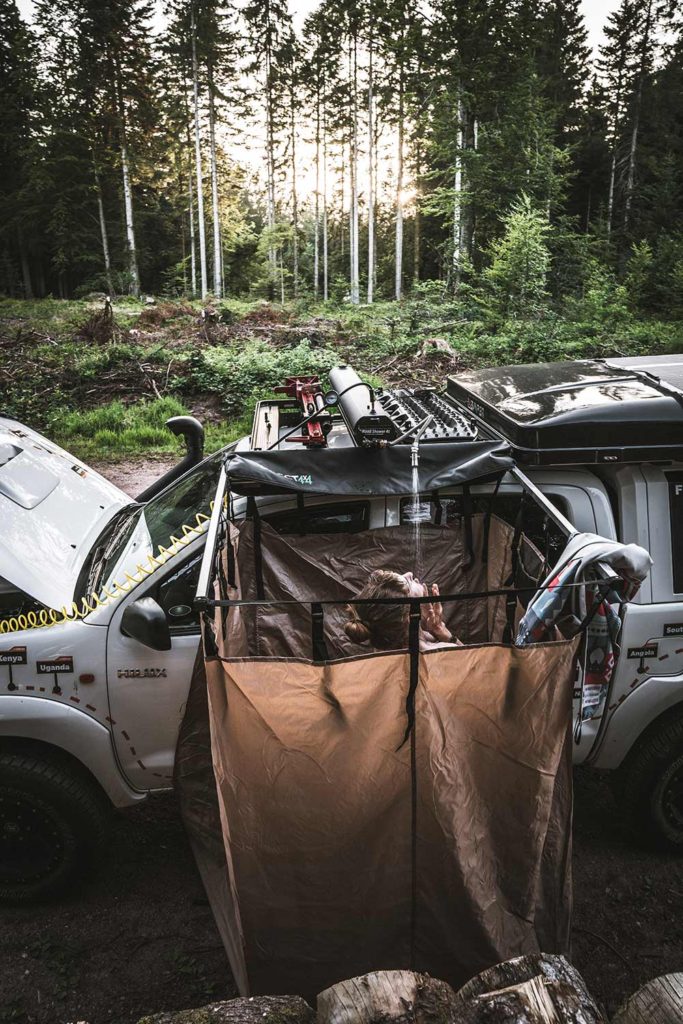
Snorkel
Mandatory components in a 4WD overlander’s arsenal include those that keep your engine happy. Sealed, the Ironman 4×4 Snorkel (West Coast Off-road Centre) does what any good snorkel should; it raises the air intake taken from an elevated, cooler point, which prevents water and dust ingression.
Guaranteed for 5-years, the snorkel represents a quality aftermarket solution where the only backside cardio-inducing moment happens if you have the hubris and skill to cut the hole into the wing yourself. Get that right (thank gawd Jason did), and a few hours later, job done. Whichever snorkel you go for, just don’t risk damaging your pride and joy by skimping on an ill-fitting imitation number you’ve sourced on the cheap.
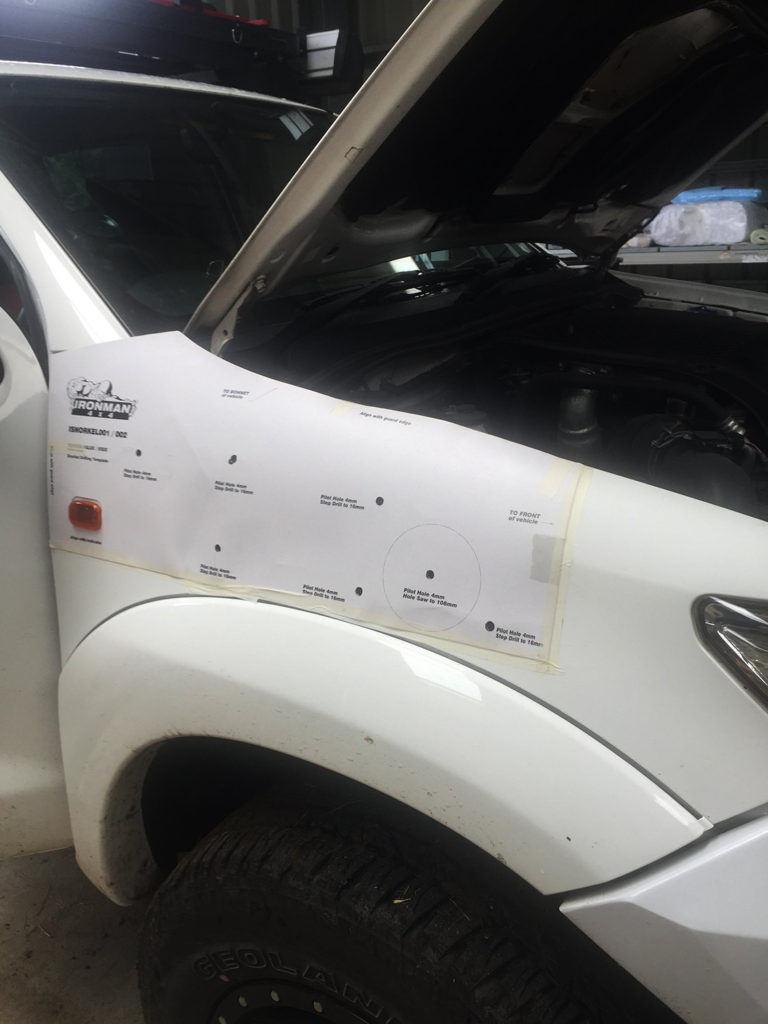

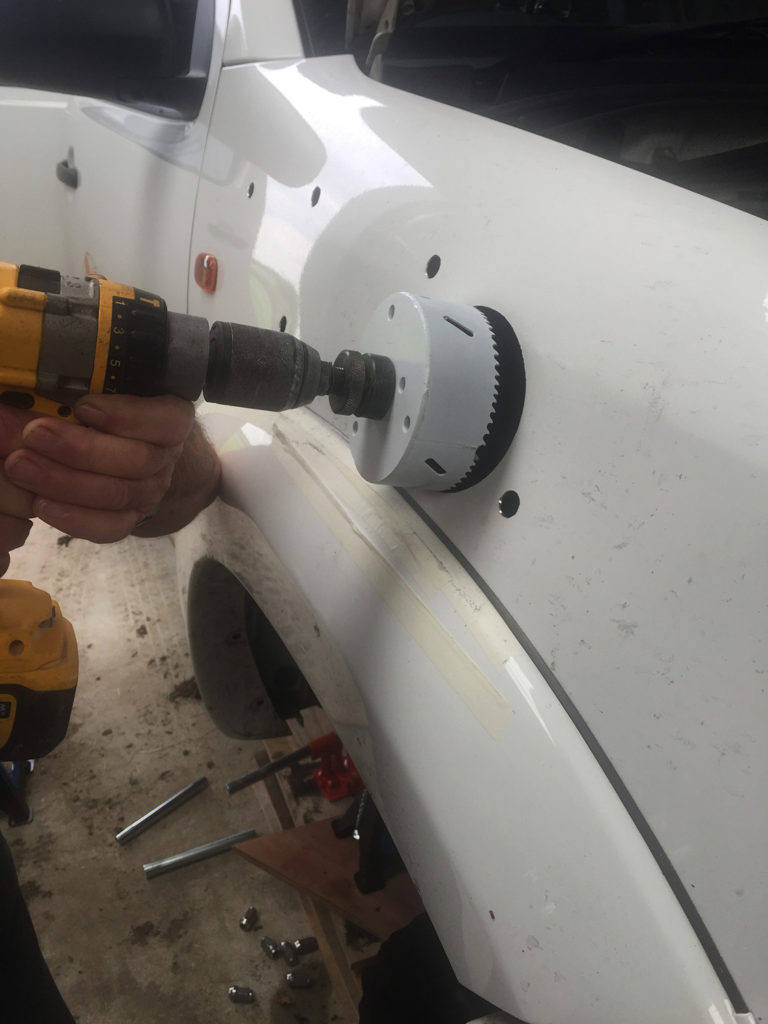
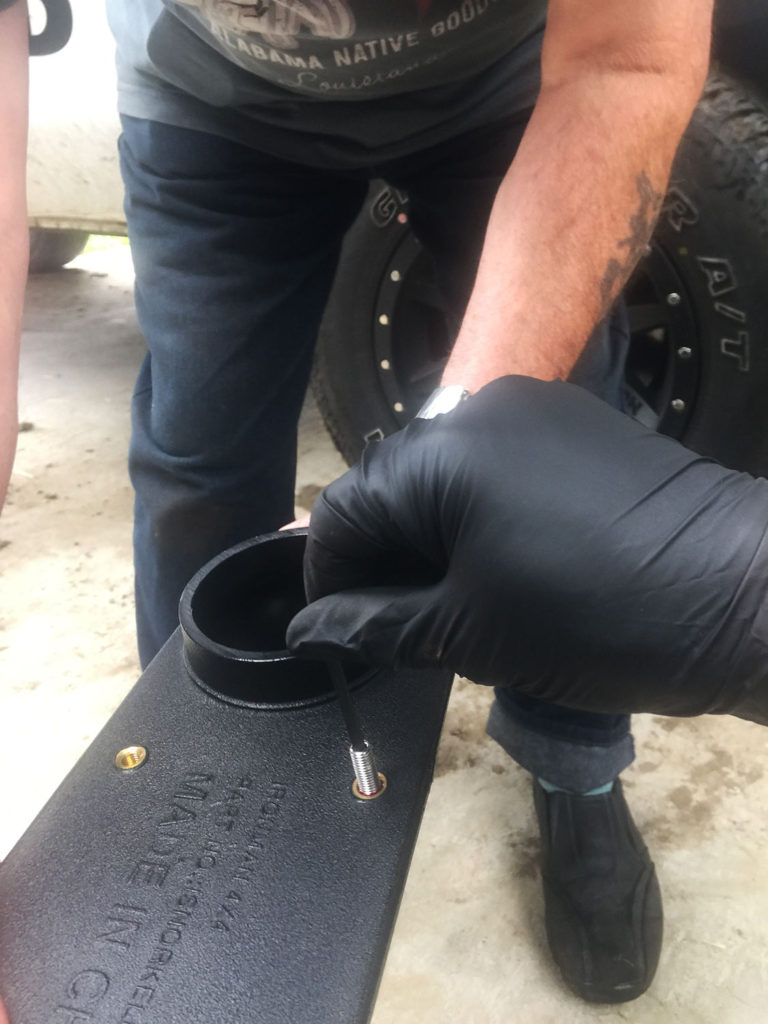
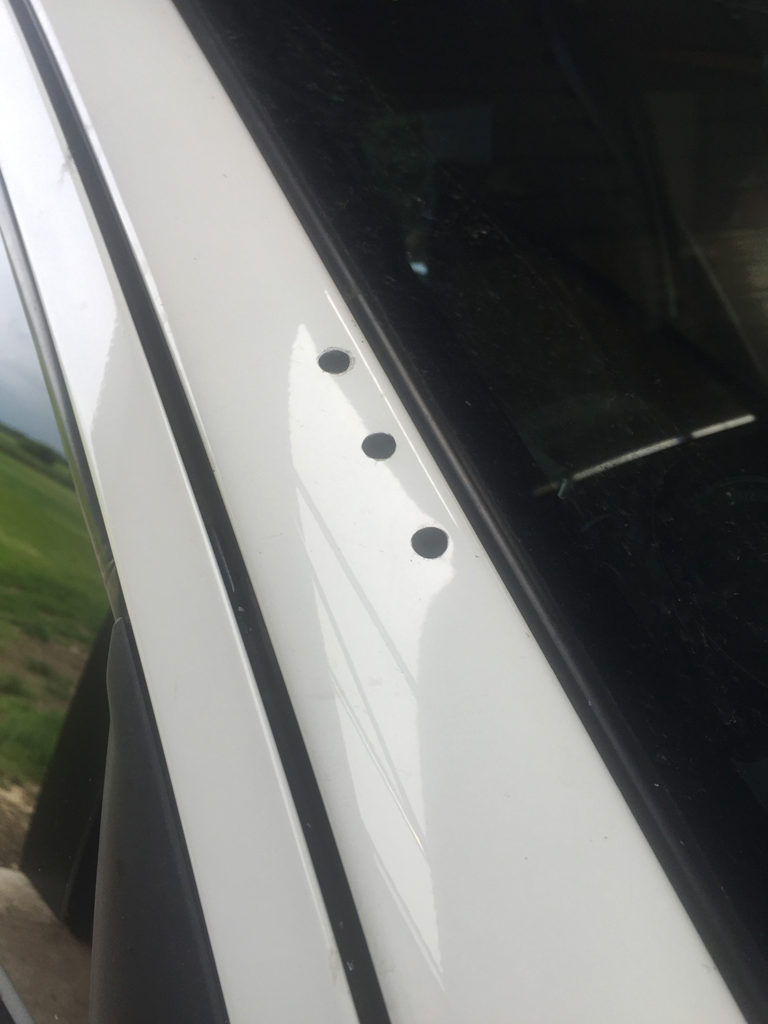
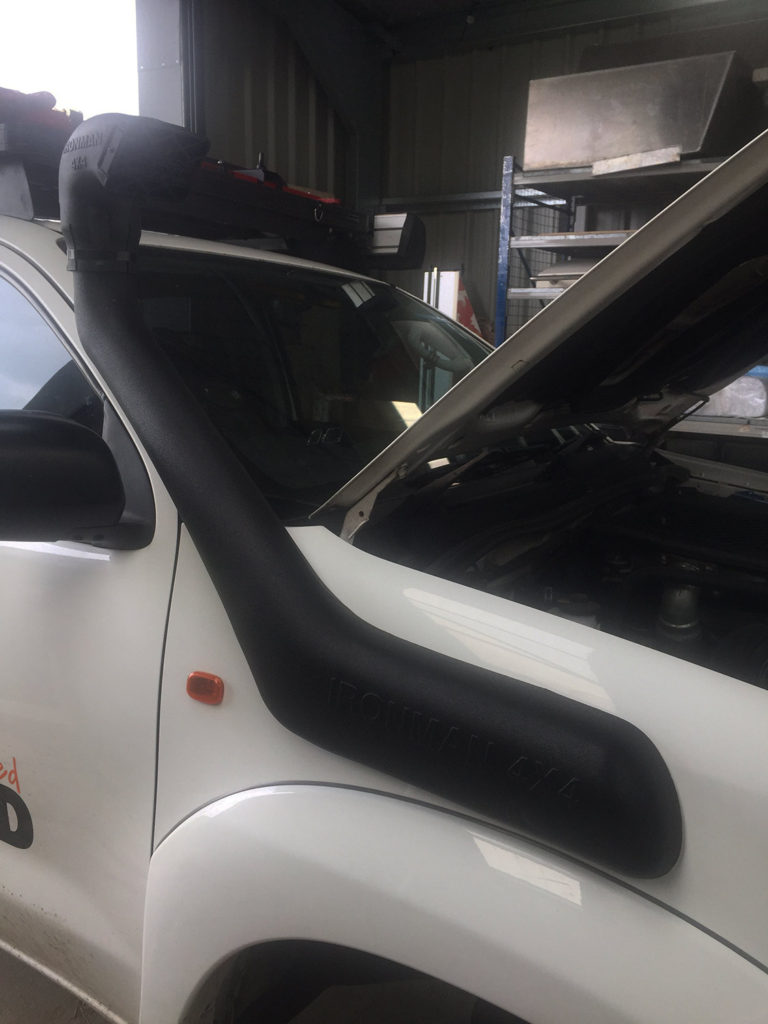
Completion
Et voila, our 4WD home is finished. Over 11-months, we poured ourselves into kitting out the truck, every step of the build mattered to us. I had faith in our vision, to believe it from the get-go felt natural. As the weeks lapsed, we stayed ‘heads down, backside up’, laughed, cried and planned.
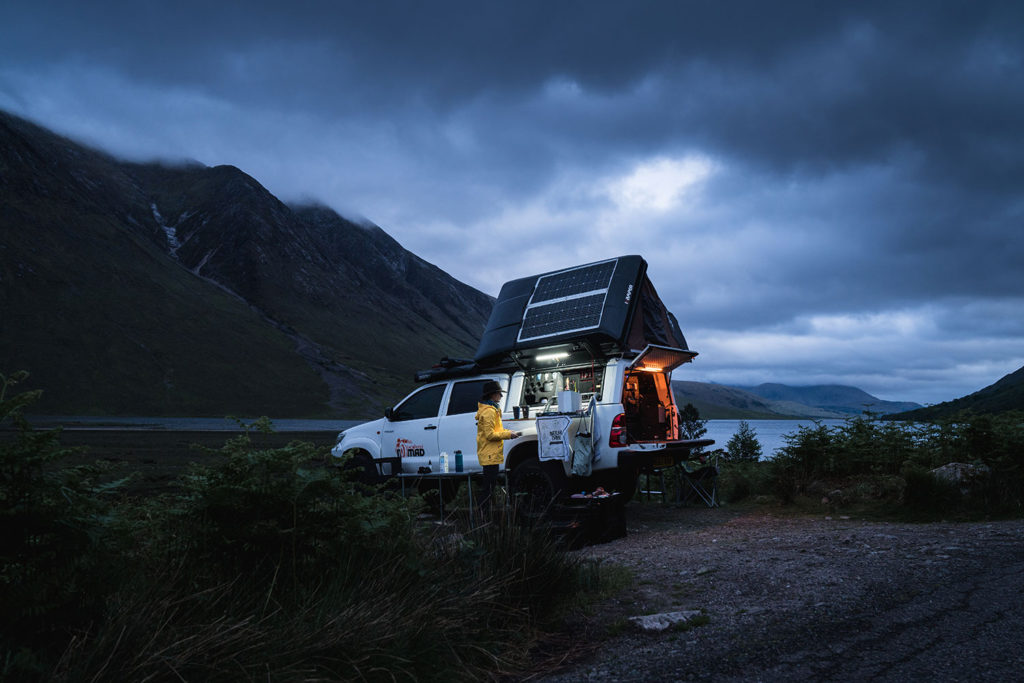
By spring 2019, we had our finances in order to pin down a date. There were things we’d given up for the expedition – togetherness, our privacy. But we were beholden to the bigger picture: Aspiring towards a self-contained base from which we could comfortably live without needing to resupply for weeks at a time. To me, that’s rolled gold. @fourwheelednomad

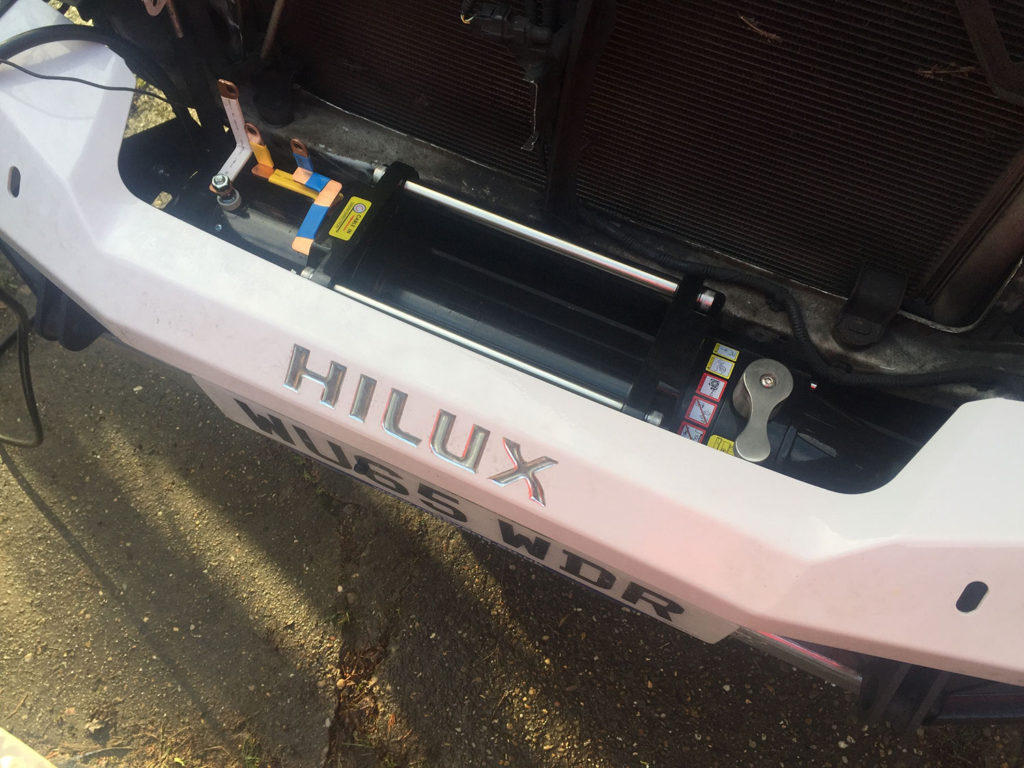
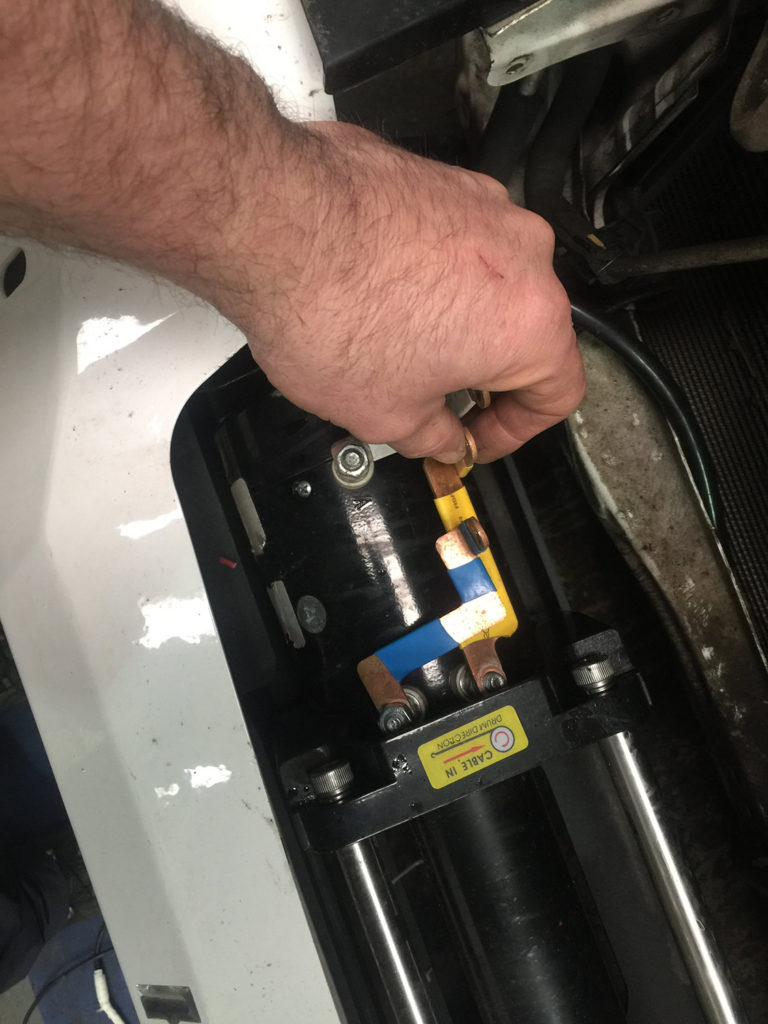
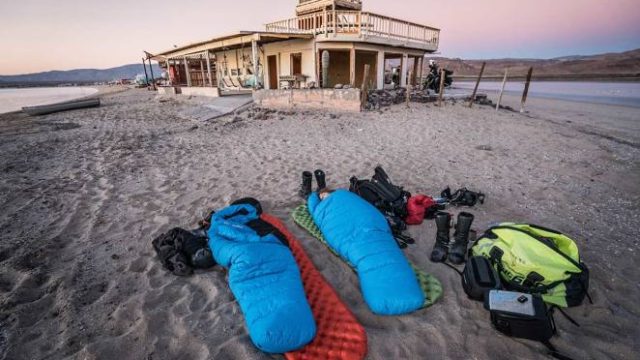


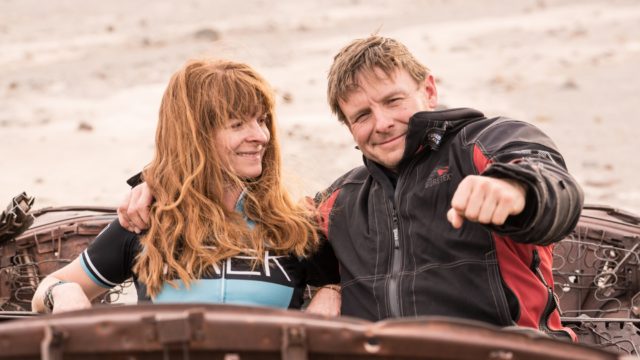
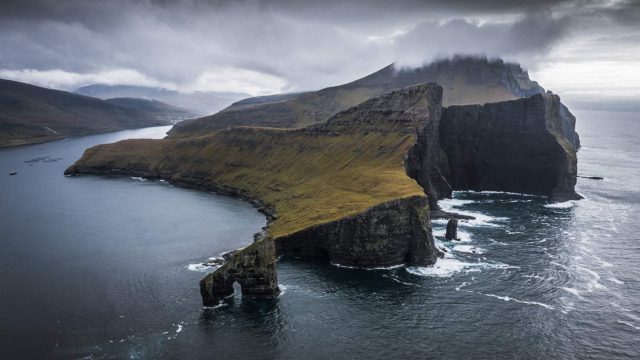

your attention to detail is incredible.. wish you both all the best
Wow, thanks for the warm words Graeme – cheers! Lisa and Jase x